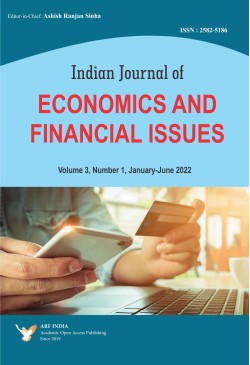The blue economy improves livelihoods through sustainable use of marine resources and technological inputs, thereby promoting economic growth. Coastal and marine resources of economic importance are the main components of Bangladesh’s blue economy. These resources are divided into biological resources, nonbiological resources, renewable resources, and commercial and trade resources. The extreme events of climate change include warming trends, cyclones, sea level rise, drought, erosion, tides, salt water intrusion, floods, changes in rainfall trends, and ocean acidification. These extreme events will cause coral hiccups, species migration, loss of biodiversity, changes in species lifestyles, changes in the marine food chain, and ultimately affect the national economy. Therefore, establishing the adaptability of marine ecosystems to climate change is the primary requirement for maximizing benefits from the ocean. This background document provides a strategic framework for the implementation of the climate-resilient blue economy in Bangladesh. The framework is divided into four steps (i.e. problem identification, attention to areas that are important for climate change adaptation to the development of the blue economy, and activities to achieve goals and goal realization). Special attention needs to be paid to energy efficiency, marine and coastal biodiversity, ecosystem-based adaptation, building environmental resilience in coastal areas, restoring ecosystems, building economic resilience, and formulating development policies to adapt to the blue economy of climate change. Mangrove planting, oyster reef construction, mussel beds, sea-grass beds, marsh beds and coral reef protection, the use of renewable energy, special interventions in fisheries and island development, crop insurance, floating agriculture and salt tolerance, ecotourism development, marine protection Zones and declarations, ecologically critical areas, marine spatial planning, policy formulation, institutional integration, and continuous monitoring of the ocean are some examples of possible interventions needed for the development
of a climate-resilient blue economy in Bangladesh.
Rabiul Karim and A.K.M. Shawkatul Islam (2022). Blue Economy and SDG: A Critical Study on Bangladesh. Indian Journal of Economics and Financial Issues, Vol. 3, No. 1, pp. 63-88. https://DOI: 10.47509/IJEFI.2022.v03i01.05
